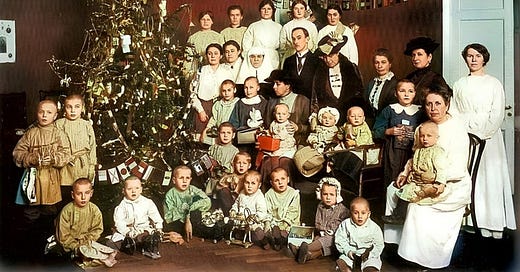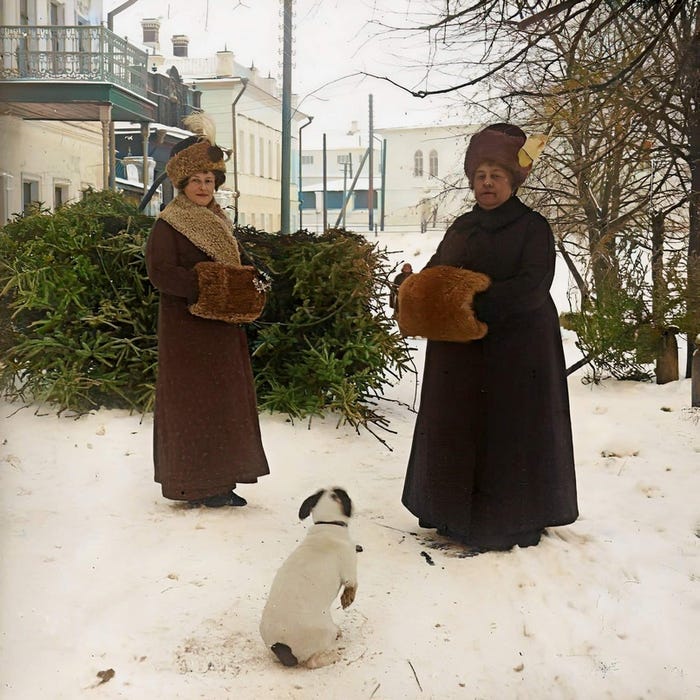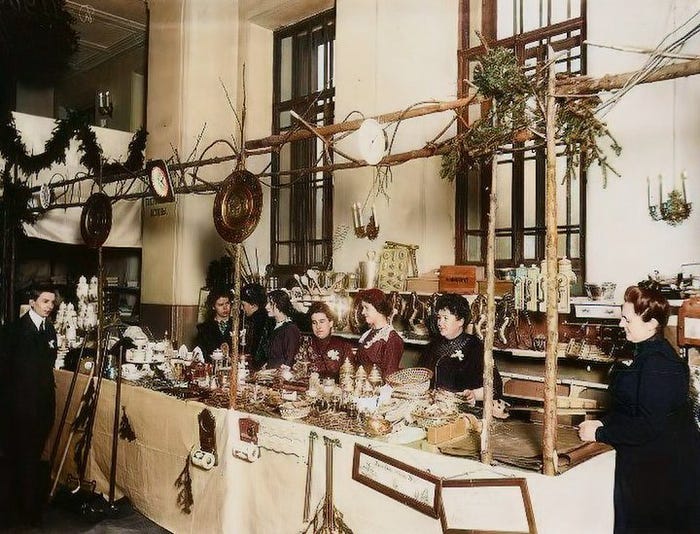Доброе утро!
Today’s New Year has another name — Orthodox New Year, because Orthodox Christian Church doesn’t follow Western calendar but the Julian calendar. The change happened on 1918, Feb 14. However the Church wasn’t willing to follow the Bolschevik steps, eventhough the Gregorian calendar is considered as rather an accurate calendar. It’s interesting that on January 1st, the Orthodox people remember about Saint Boniface of Tarsus. People light the candles up on that day, and every other day, when want to break a bad habit (alcohol dependence) or want others to do that, for example.
Искры света в хрустальных бокалах, россыпь конфетти и коллекция пластинок, Дед Мороз из папье-маше, потрескивание дров в камине и любимый фильм на экране. Каждый год мы все ждём волшебства и загадываем желания в полночь — и в детстве, и сейчас.
This excerpt refers to the typical attributes of the New year celebrations in Russia. Can you find some of it and tell me whether you have it in your family?
In the Russian Empire, instead of Santa Claus, everyone was looking forward to receiving presents from Saint Nicholas of Myra (because he is well-known for kind deeds for families with children).
The most common напиток [= beverage] you may see at the table is sbiten [= сбитень] that could be alcohol or not. In Modern Russia we also have champagne for children (a soft drink in a fancy cover).
Счастливого Нового года!
If you want to support my project, you can do it here financially.
It’s just like one cup of good herbal tea but with a taste of sympathy to me.






